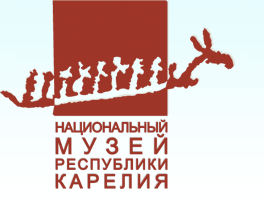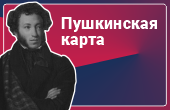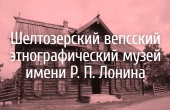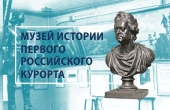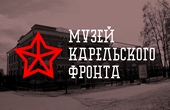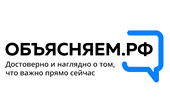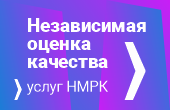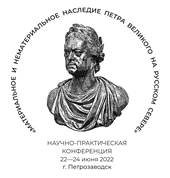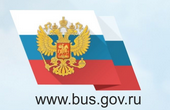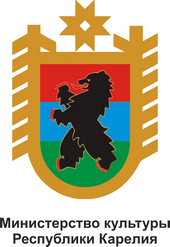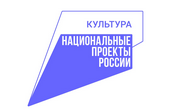Tarja Raninen-Siiskonen,
Ph.D.,
museum director of Joensuu museums
(North Karelian Museum and Joensuu Art Museum)
Joensuu, Finland
When romanticism and nationalism began to awaken in late 19th century, Finnish intelligentsia started to look for the roots of Finnishness that strengthened national self-esteem. One way to achieve this was to gather objects used in everyday life by ordinary people. World Exposition in London 1851 promoted collection of objects and establishment of museums in Europe.
The first Finnish local museum was founded in Raahe in 1862. Museums were established by different culture and student associations: in 1917 there were 26 local museums, usually in Finnish towns. Karelian Students´ Association of the University of Helsinki and the Historical Association of North Karelia played an active role and made a proposition to the Council of Joensuu town to establish a museum in 1914. There had been founded a museum in Sortavala in 1882 and Kuopio in 1897, North Karelia was still an empty province on the map. Students organized systematic collection of agricultural objects in 1914. The City Council established North Karelian Museum (later Museum) in December 1917, some weeks after Finland had gained her independence.
The first exhibition, Karelian interior, was opened in 1920 in the present City Hall. The ideology of Karelian culture would have been stronger in Museum if the students and historical associations would have remained their representation in the museum board. Their influence lasted only a few years and since 1920´s the members of the museum board were consisted of residents of Joensuu. There exist several action plans of Museum (1917, 1962, 1974), but it was only the action plan of 2009 where it was mentioned that the Museum collects and saves objects from North Karelia and Ladoga Karelia, focusing on the period of Finnish independence.
Before the Second World War the Museum has a part-timer director, Museum was open some hours weekly and it had about 300 visitors per year. Collections were gathered quite actively and the board looked for finding new premises for Museum. As a consequence of the Second World War Joensuu received the collection of the evacuated Sortavala Museum in 1950. Many objects were lost or destroyed during the wartime and in evacuation, but some remained.
After the wars Museum could not stay any more at the City Hall, other organizations needed the premises. Museum collections were stored in different, also untidy, storages many years. Even though the Museum did not have own premises, some temporary exhibitions were organized. New premises to Museum were found from the basement of the Karelia House. The building was new, but premises for museum use were not practical. When Museum opened the permanent exhibition in 1955, many objects were from the Sortavala museum collections. The Sortavala museum collection forms one unity in the present Museum collections.
The collection policy, what kind of objects the Museum gathers and saves, is interesting. Before the Second World War collections consisted mostly of agricultural wooden objects, but objects representing urban city culture of Joensuu were unusual. Museum did not collect objects of the evacuated Karelians until last decades. During the period 1950–1979 the Museum bought icons and acquired collected old agricultural objects from 19th century. Museum did not collect everyday objects from homes and surrounding community. Nowadays were negotiate what kind of objects we collect representing our everyday life. Does our collections represent our culture; do we recognize the new ideas and new objects?
In 1970´s Karelian culture and traditions lived renaissance in Finland: Kalevala interested people, the Orthodoc Church got a lot new members, Karelian societies (members of the the Finnish Karelian League) were active, and Karelian Architecture was appreciated. In Ilomantsi the Bard´s House was built in 1964 to commemorate the bards and the Karelian architecture. The Bard´s House was the first post-war building that was constructed basing on the traditional Karelian style in Finland. Later it was followed by Bomba in Nurmes and several Orthodoc chapels. Museum bought only the mentioned icons and had the permanent exhibition. Museum had only a director, one secretary and one customer servant on service. They had to take care of two museums: North Karelian Museum and Joensuu Art Museum.
In the beginning of 1980´s there was a large museum reform in Finland: in every province one museum was nominated as a provincial cultural historical and one as a provincial art museum. North Karelian Museum was the biggest one in the province and it got the status of the provincial Museum. The Ministry of Education gave to municipalities some compensation to maintain museums. Museums could recruit professionals: curators for collections, exhibitions, and to provide guidance and practical assistance for local village museums.
The new era began, the number of temporary exhibitions increased: Sortavala song festivals, Karelian costumes, Sceneries from old Sortavala, Sortavala museum collections and so on. Collections were organized and an electronic information system of the museum collections was built.
In 1991 City of Joensuu received three models of Sortavala. North Karelian Museum did not have any room for models, so they were placed to Art Museum. In 1994 professor Heikki Kirkinen began to speak of establishment of the Carelicum: the Center for Karelian culture and information. The Carelicum was opened in 1998 and found its new premises from the former Saving Bank´s building. The Museum and models of Sortavala were relocated to Carelicum.
Nowadays Museum has an Action plan for collections. Finnish professional museums have decided of the division of labour between them that is called TAKO strategy. They have agreed what kind of objects each museum collects. North Karelian Museum gathers objects from our own province and Ladoga Karelia. Our additional duty is popular culture and objects / stories of Russian immigrants in Finland.
The Action Plan of exhibitions highlights Karelia. Every year the focus of one of our temporary exhibitions is on Karelian Culture. In this summer we have exhibition of Funkis in Karelia, in 2015 it was the lakes and rivers in North Karelia, 2014 Sortavala (in co-operation with Russian Museums and Karelian Archive).
Museum has developed much during the last 100 years. In 1917 North Karelian Museum was a local city museum. Nowadays the Museum is a provincial cultural historical museum which has about 24000 objects and about 178000 photos. Museum has specialized on Karelia: Finnish North Karelia and Ladoga Karelia. The Museum has several focus areas: Orthodox culture, war history, Karelian music, musicians and bands, evacuated Karelians and so on. In September 2016 the Museum will have collections in one storage. The Museum makes pedagogical collaboration with schools and co-operation with many organizations in Finland and in Russian Karelia. The Museum has a few professionals: only six museum professionals and three other professionals. Annually we have about 30000 visitors.
